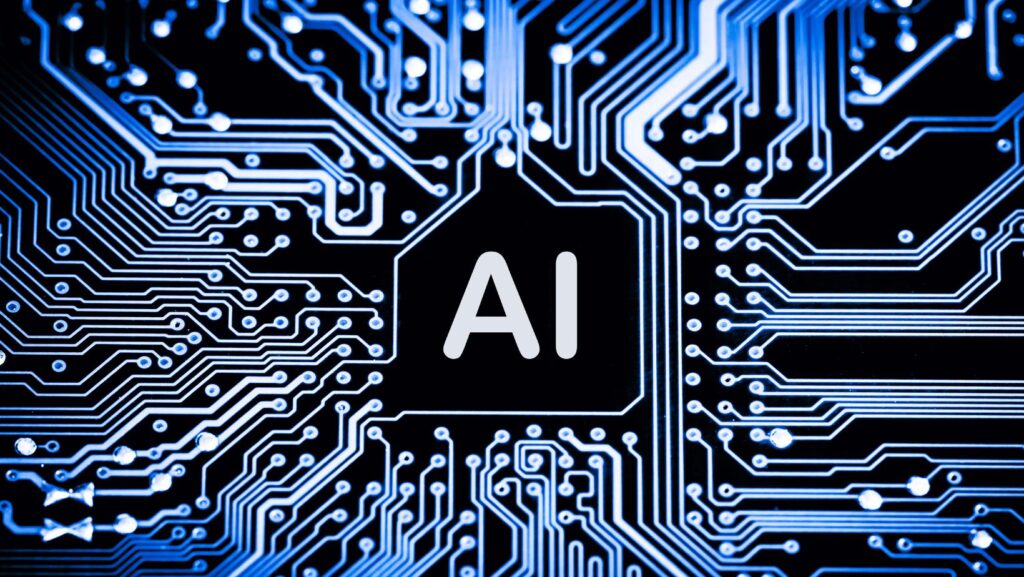Professional headshots are no longer a luxury reserved for executives and corporate websites. In today’s digital age, a polished and professional headshot is crucial for anyone building an online presence, from freelancers and entrepreneurs to social media influencers and e-commerce store owners. However, scheduling and paying for professional photography can be time-consuming and expensive. This is where AI headshot generators come in, offering a faster and more accessible solution.
The Rise of AI-Generated Headshots
The concept of AI-generated imagery has exploded in recent years. Tools like DALL-E and Midjourney allow users to describe an image in text format, and the AI generates a photorealistic representation based on its understanding of the world. This technology has found its way into the realm of professional headshots, offering a convenient and cost-effective alternative to traditional photography.
There are several advantages to using AI-generated headshots:
- Cost-effective: Compared to hiring a professional photographer, AI generators offer a much lower barrier to entry.
- Convenience: These tools allow users to generate headshots from the comfort of their own homes, eliminating the need for scheduling appointments and studio visits.
- Speed: AI can generate multiple headshots in minutes, allowing users to experiment with different styles and backgrounds.
- Customization: Some AI headshot generators offer basic customization options such as background color, clothing style, and facial expressions.
While AI-generated headshots present exciting possibilities, the technology is still in its early stages. Here, we delve deeper into how these tools can leverage user preferences for a more personalized and effective headshot experience.
Understanding User Preferences: The Key to Success
Personalization is key to maximizing the impact of AI-generated professional headshots. Here are some ways AI platforms can incorporate user preferences to deliver high-quality and relevant headshots:
- Target Audience: The ideal headshot for a social media influencer marketing playful fashion accessories will differ from one needed for a financial advisor seeking to project a sense of trust and authority. AI platforms could offer options tailored to specific professions or industries, allowing users to choose a style that aligns with their target audience.
- Style Preferences: Users should be able to choose their desired level of formality, opting for a more casual look for a personal brand or a more traditional business headshot format.
- Background Selection: The background of a headshot can significantly impact its overall impression. AI platforms can offer a variety of background options, from clean and minimalist to professional office settings, allowing users to select one that complements their brand identity.
- Facial Expression Control: While AI-generated smiles tend to look natural nowadays, some users might prefer a more serious expression. The ability to choose the desired facial expression would further personalize the headshot experience.

- Appearance Customization: While altering physical features raises ethical concerns, AI tools could offer subtle customization options like adjusting hair color or adding a touch of makeup. However, transparency about the limitations and the importance of remaining authentic is crucial.
Beyond Basic Customization: Advanced User Preference Integration
In the future, AI headshot generation can move beyond basic customization by incorporating a deeper understanding of user preferences. Here are some potential advancements:
- Learning from Existing Headshots: Imagine an AI tool that analyzes your existing professional photos and social media profiles to identify elements you favor, such as lighting, color palettes, and facial expressions. This information could then be used to generate new headshots that maintain a consistent visual identity.
- Emotional Targeting: AI could potentially analyze user data, including browsing history and social media activity, to infer the emotions they want to evoke in their audience. The AI could then generate headshots tailored to convey those emotions, such as confidence, approachability, or trustworthiness.
- AI-Powered Style Guides: For users unsure about the ideal headshot style for their needs, AI could analyze successful headshots within their industry or niche and suggest styles with a high likelihood of resonating with their target audience.
The Human Touch: AI as a Collaboration Tool
While AI offers significant advantages, professional photographers shouldn’t be viewed as obsolete. AI headshot generator can serve as a valuable tool for initial drafts and experimentation. Users can then use the generated headshots as a starting point for further refinement by a professional photographer. This collaboration can lead to more personalized and impactful headshots.
The Future of AI-Generated Headshots
The future of AI-generated headshots is bright. As AI technology continues to evolve, we can expect even more sophisticated customization options, deeper integration of user preferences, and the potential for AI-powered style consultations.

However, it’s important to remember that AI is a tool, not a replacement for human creativity and expertise. The most effective approach will likely involve a collaboration between AI and
Integration with E-Commerce Platforms
The potential of AI-generated headshots extends beyond individual users. E-commerce platforms can leverage this technology to offer unique features to their sellers:
- Automated Headshot Generation: Platforms could integrate AI headshot generators, allowing sellers to create professional-looking headshots directly on the platform. This would be particularly beneficial for new sellers or those with limited resources.
- A/B Testing Headshot Options: E-commerce platforms could allow sellers to generate multiple headshots with different styles and backgrounds. Sellers could then run A/B tests to see which headshots perform best in terms of customer engagement and sales.
- Targeted Marketing Campaigns: Platforms could use AI to analyze seller headshots and suggest targeted marketing campaigns based on the visual impression they convey. For example, a seller with a warm and friendly headshot might be recommended for social media campaigns, while a more authoritative headshot could be better suited for B2B marketing efforts.
Conclusion
AI-generated headshots are a powerful tool with the potential to democratize professional imagery. By incorporating user preferences and addressing ethical concerns, this technology can empower individuals and businesses to create impactful and personalized headshots that strengthen their online presence. As AI continues to evolve, we can expect even more innovative applications that further blur the lines between human creativity and machine-generated content. The future of headshots is undoubtedly bright, offering exciting possibilities for both professional photographers and the growing number of individuals building their brands online.


